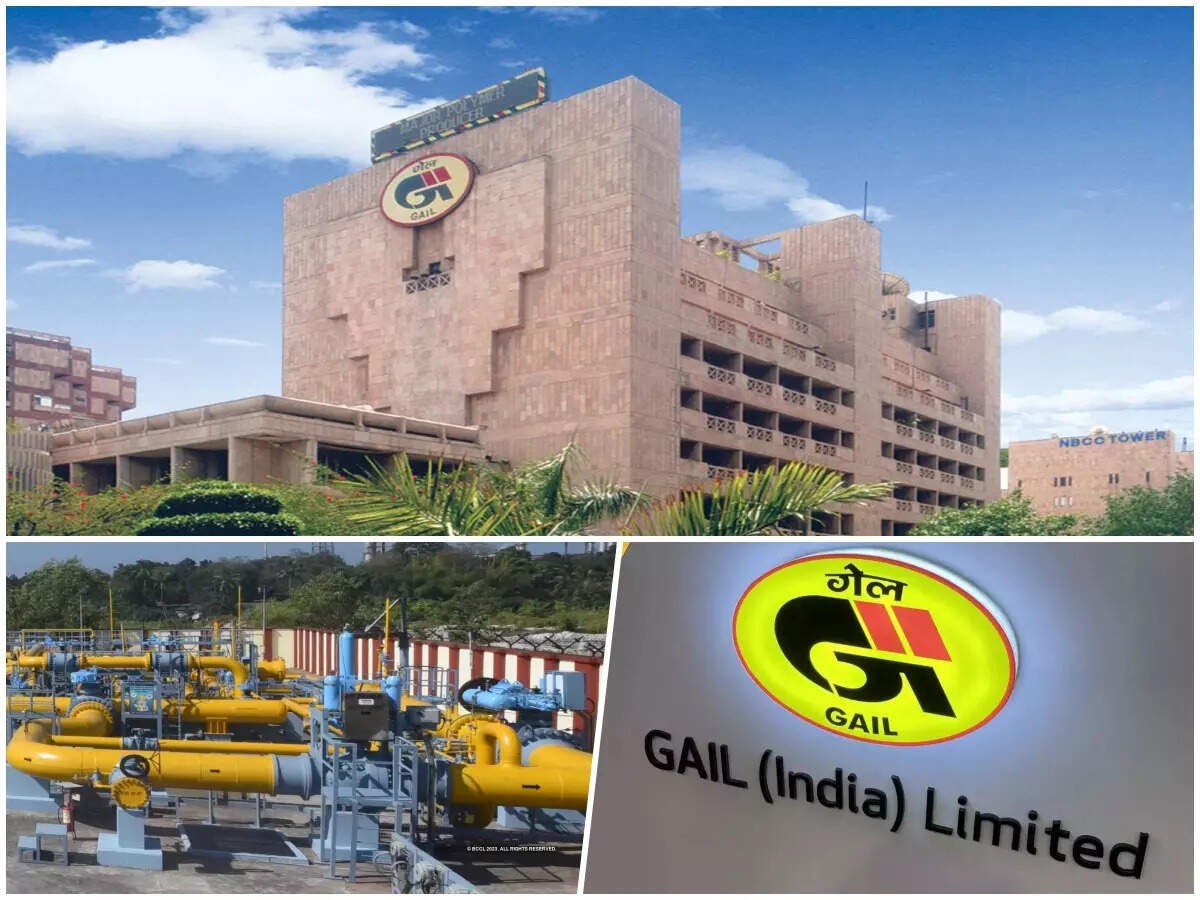
India’s top gas firm GAIL has done the world’s first ship-to-ship liquefied natural gas (LNG) transfer to save on shipping costs and cut emissions as the state-owned entity looks at innovative ways as a pivot to boost business, company officials said. GAIL has contracted 5.8 million tonnes per annum of LNG (natural gas super-cooled to liquid form) from the US.
The company brings this volume to India via LNG ships. The ship typically travels a distance of about 19,554 nautical miles for a round trip to transport LNG from Sabine Pass in the US to India via the Suez Canal and Gibraltar. This journey takes approximately 54 days and emits about 15,600 tonnes of CO2.
Emissions are generally controlled using the latest technology or changing the destination of the cargo. However, GAIL’s innovative contractual arrangement that results in vessels following an optimised path has resulted in a significant reduction in CO2 emission.
Recently, the company-hired vessel Castillo De Santisteban moved a shipload of LNG from the US. But mid-way, it transferred the cargo to another chartered hired vessel Al Gharrafa of QatarGas, officials said, adding the innovative ship-to-ship (STS) transfer was the first in the world.
“This is the world’s first STS between a large conventional LNG vessel and a Q-Flex LNG Vessel,” an official said.
QatarGas vessel proceeded to Dahej in Gujarat to discharge the cargo originally planned to be discharged by the GAIL’s vessel. Its vessel returned from Gibraltar to the next loading port.
This has resulted in savings of about 8,736 nautical miles, equivalent to 7,000 tonnes of CO2 emission. Also, this has resulted in shortening the voyage of the vessel from 54 days to approximately 27 days for GAIL’s chartered vessel, officials said.
“The total optimised gain for GAIL in this charter turned out to be more than USD 1 million,” an official said.
The QatarGas vessel on its backhaul saved on fuel costs, and canal charges, and also gained some revenue. Hence, this optimisation plan was a win-win situation for GAIL and QatarGas.
“The proof of concept has been demonstrated by GAIL and has the potential to be scaled up. The concept has a learning for the entire LNG shipping industry wherein through unique contractual arrangements, owners and charterers can significantly reduce the shipping distance and leading to substantial savings in carbon emissions,” an official said.
If this concept is scaled up, considering a minimum of two cargoes per month, this would result in distance savings of 2,09,664 nautical miles per year. This would result in an emission saving of 1,67,731 tons of CO2 and also a significant increase in utilisation of the vessel, officials said.
This innovation plus the installation of the first floating CNG station helped GAIL win the ‘Innovation Award – India and Midstream Project of the Year’ at the Asian Oil and Gas Awards.
GAIL few months back introduced a CNG station on a floating boat in the Ganges in Varanasi to refuel boats run on environment-friendly fuel.
Officials said the company created a CNG dispensing infrastructure, which manages the response of the edifice against the variating water levels. It has also replaced existing diesel engines and converted diesel/petrol engines to CNG-propelled engines.
There are about 1,700 boats owned by private operators, out of which about 1,200 boats operate using diesel as a fuel. In addition, there are few boats owned by various authorities/agencies, which run on petrol. With about 1,200 boats of different types converted to CNG, estimated monthly savings of about Rs 70 lakh to the entire boat owner community, they said.
The Asian Oil and Gas Awards recognises exceptional initiatives in the oil and gas industry in Asia.

